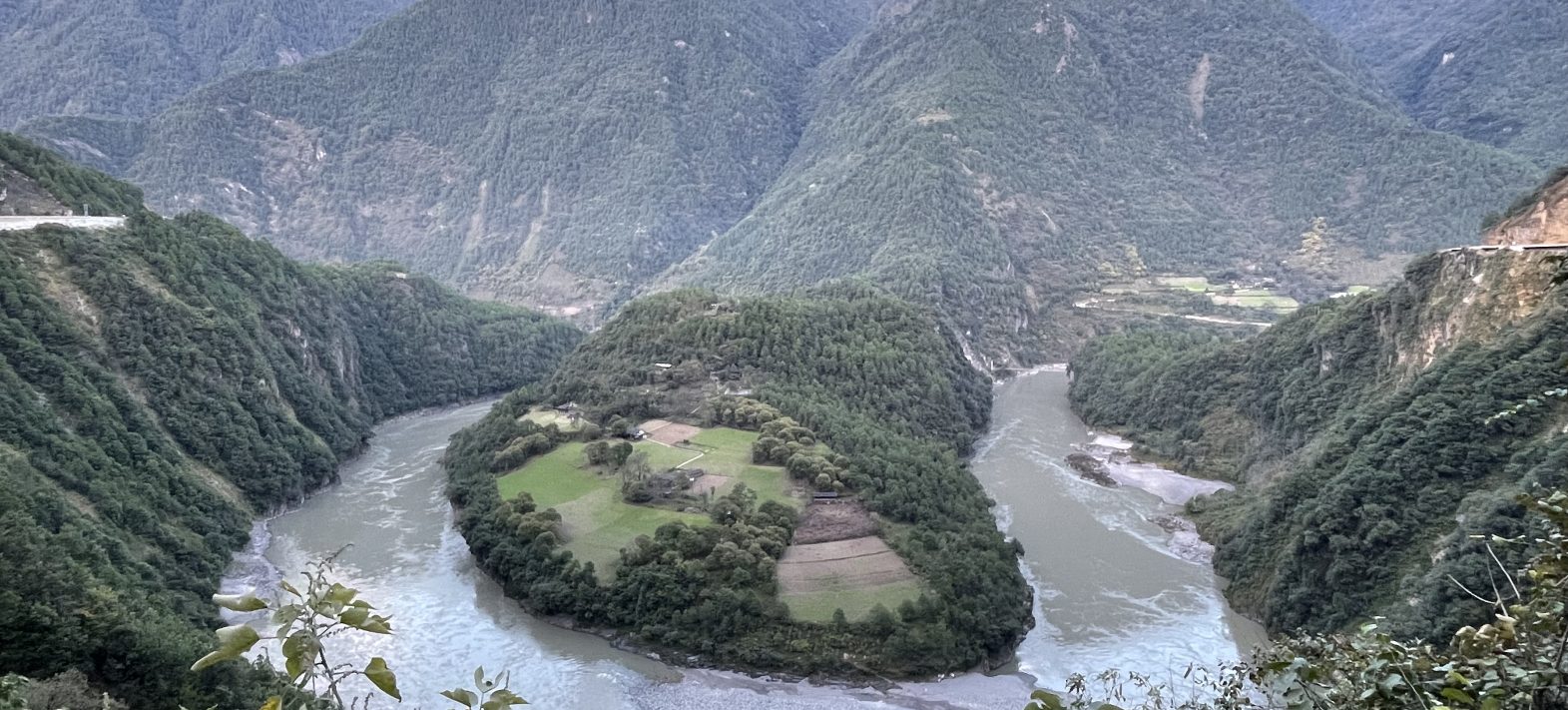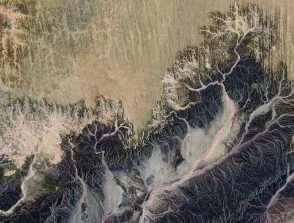Sulfuric acid weathering: tracing the fate of river carbon using multiple isotopes
Using multiple isotopes to trace the roles of different weathering processes on the carbon cycle.

Start: 01 September 2021
Supervisors :
Julien Bouchez, Jérôme Gaillardet
Related teams :
External Envelopes Geochemistry
Related themes :
Earth System Science
Status: In progress
The influence of chemical weathering on the carbon cycle depends on the types of water-rock interactions at play. Textbook” silicate weathering removes CO2 from the atmosphere by transforming it into alkalinity. However, carbonate weathering fueled by sulfuric acid releases CO2 possibly in two ways: through the direct degassing of CO2 and through the promotion of secondary carbonate precipitation due to increased alkalinity. However, the relative magnitudes of these processes on Earth are currently poorly understood.
In this project, we use the composition of river water and sediment samples from the Eastern Himalayas and French Alps, two regions characterized by high erosion rates and mixed lithologies typifying the world’s high mountain ranges. We combine geochemical analyses (element alconcentrations and isotopes of carbon, sulfur, calcium, and strontium) and numerical models to trace solutes sources, their mixing, and weathering processes in these large watersheds.





